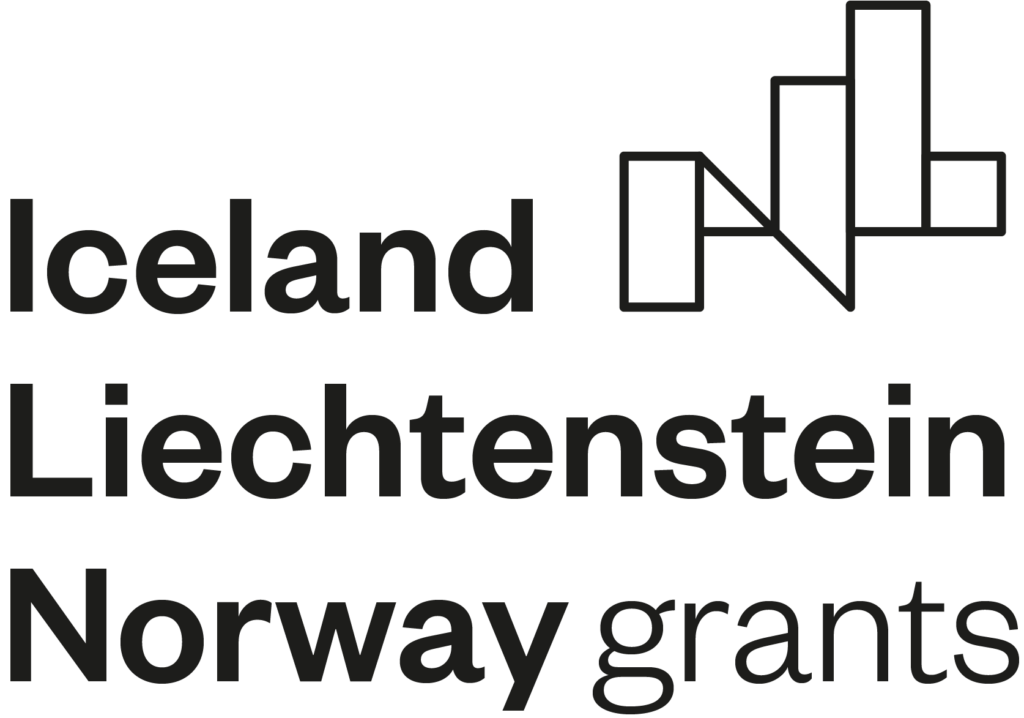PROJECT TITLE
Forest functions in the past, present and future – what can society expect from forests under climate change?
PROJECT CODE
TO01000345
GRANT
EEA Grants and TA CR
Funding: 37 370 356 CZK
About the project:
The project deals with the ability of managed forests to provide ecosystem functions in future conditions characterized by higher drought and heatwaves occurrence – wood production (inc. carbon storage) and climate change mitigation (regulation of landscape energy and water balance) in the Czech Rep. and Norway. We will focus on 1) different site conditions; 2) potential for adaptation of important tree spec. (spruce; pine; beech), 3) potential for silvicultural measures implementation, 4) potential to apply those measures in practise. The goals will be reached by use of: timelines, climate models for predictions (till 2050); remote sensing and validation of its outputs with detailed field measurements both in long-term research plots and forests managed by VLS and Glommen-Mjøsen.
2021
New silviculture experiments were established, testing the influence of silvicultural treatments on production and regulation functions and safety. Historical sources of forests health monitoring and climatic data were analyzed, with the 2010-2020 decade being the warmest since the 1960s. Airborne laser scanning (ALS) data were collected for all sites within the DendroNetwork, which will be used to describe forest structure and develop models for forest biomass estimation. Forest productivity trends were assessed using satellite MODIS data, and sustainable conditions for silviculture of spruce stands were identified in changing climatic scenarios. Other variables were tested, and forest ecosystem functions were assessed using remote sensing products ALEXI and DisALEXI.
2022
The DendroNetwork monitoring network has grown to include 98 plots in the Czech Republic and 20 plots in Norway, covering various climatic and environmental conditions. The network has expanded to include oak and larch, and airborne laser scanning (ALS) data was acquired for 59 plots in 2021 and 2022. The method for estimating forest biomass was developed using a DendroNetwork-independent dataset compiled from several in situ campaigns across the country. The biomass model was applied to the ALS data of each DendroNetwork site. The regulatory functions of forests are largely linked to their water and energy regimes, and the main variable considered is actual evapotranspiration (ET) and associated surface energy fluxes. The actual evapotranspiration was determined using the ALEXI model, which is based on time-differenced measurements of land surface temperature and other inputs related to meteorological conditions and land cover properties. The inverse Penman-Monteith model was used to derive canopy conductance (Gc) from ET data, which was compared to the atmospheric vapor pressure deficit (VPD) during the peak growing season. The R-4ET ecosystem water balance model was tested to simulate the underlying site water balance process, and in 2022, additional silvicultural treatments were applied to plots established within military forest properties (VLS).
Beneficiary and project partners:
Ústav výzkumu globální změny AV ČR, v. v. i.
Norwegian University of Life Sciences
Vojenské lesy a statky ČR, s.p.
Výzkumný ústav lesního hospodářství a myslivosti, v. v. i.
Mendelova univerzita v Brně

The Forests4Society project benefits from a € 1.5 mil. grant from Iceland, Liechtenstein and Norway through the EEA Grants and the Technology Agency of the Czech Republic.
The project is carried out under the KAPPA funding programme for applied research, experimental development and innovation, managed by the Technology Agency of the Czech Republic.
